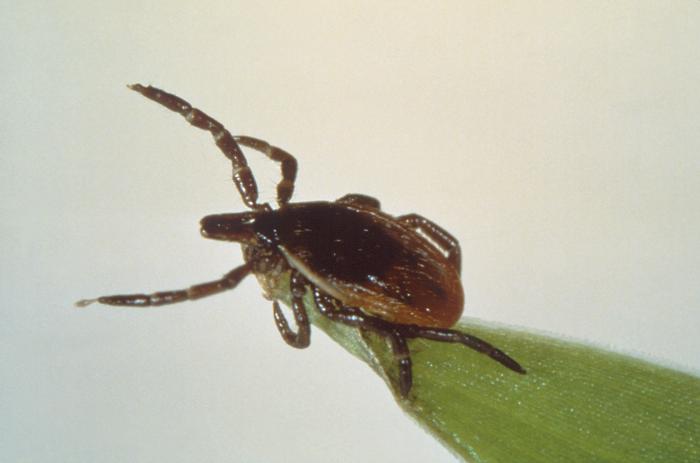Pennsylvania has led the nation in number of Lyme disease cases for three straight years, and based on data thorugh mid-August, it appears it will lead again in 2016.

Of the 17,196 Lyme disease cases reported in the United States through Aug 13, Pennsylvania has reported 6,972, or 40 percent of the nations total.
In fact, the number for 2016 to date is nearly 1000 cases more than the same period in 2015.
The Lyme disease situation in Pennsylvania has prompted state health officials to stress the importance of tick bite prevention.
“Warmer summer weather means people are spending more time outdoors, increasing their potential exposure to Lyme disease,” said Secretary of Health Dr. Karen Murphy today.
“If left untreated, Lyme disease can be a very damaging ailment. There are easy ways to drastically reduce your chances of getting bitten by ticks and contracting this illness while still having fun outdoors.”
Lyme disease is an illness that can be transmitted to humans through the bite of infected blacklegged ticks. Some of the first general symptoms of a Lyme disease infection are fever, malaise, fatigue, headache, muscle aches, and joint pain. An individual who has been bitten by a tick will often develop a tell-tale red rash that may look like a bulls-eye.

The first line of defense against Lyme disease and any other tick-borne illnesses is avoidance of tick-infested habitats, such as areas dense with shrubbery or tall grass. Proper use of personal protective measures, such as repellents and protective clothing and checking for and removing attached ticks, is also an important deterrent to tick-related complications.
“When residents spend time around common tick environments, such as the woods, and they don’t wear many layers of clothing, they are vulnerable to be being bitten by an infected tick,” added Murphy. “We suggest that individuals wear protective clothing, use insect repellent (i.e., DEET), and do a full body check after spending time outdoors. Showering within two hours of outdoor exposure may also help prevent transmission.”
Lyme disease can lead to very serious health issues if not given the correct medical attention. A transmission of Lyme disease that is left untreated or inadequately treated may progress to late-stage arthritic or nervous system complications requiring more intensive therapy.
Individuals who develop signs and symptoms of Lyme disease after a tick bite should seek medical attention.
Related:


3 thoughts on “Lyme disease: Pennsylvania accounts for 40% of cases to date, health officials highlight prevention”